Mastering the Art of Effective Watering: Techniques for Plant Health and Growth
Watering is a fundamental aspect of plant care, critical for ensuring optimal growth, health, and productivity. While it may seem straightforward, mastering effective watering techniques involves understanding the needs of different plants, assessing environmental factors, and implementing appropriate watering methods to promote root development, prevent water stress, and minimize water waste. Here are some key techniques for watering plants effectively and promoting their overall well-being:
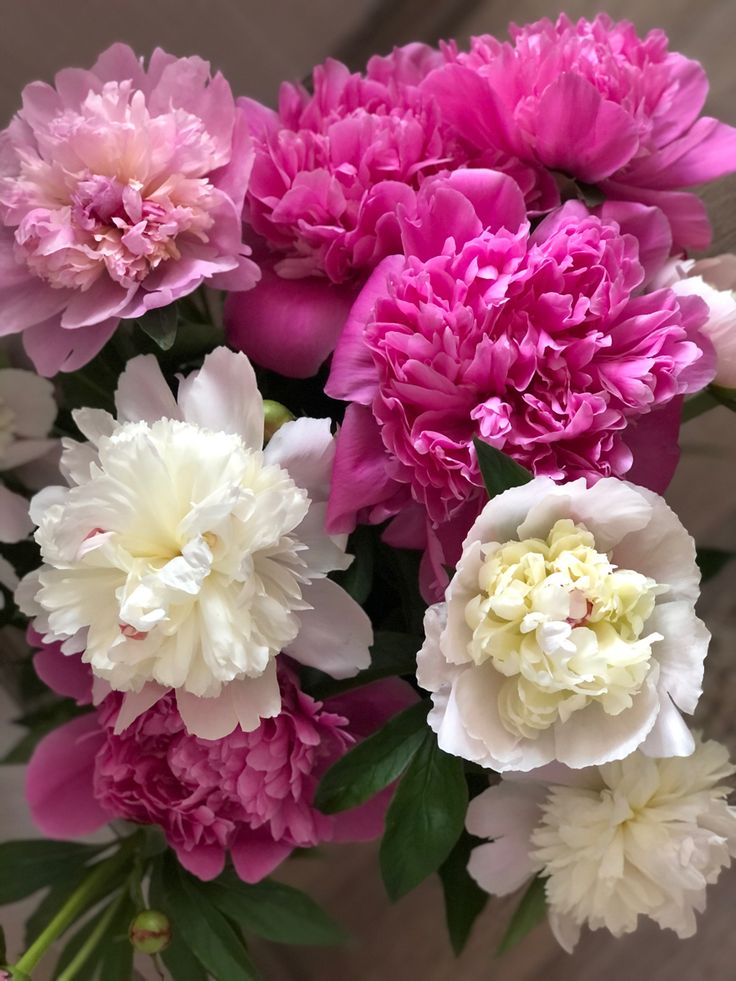
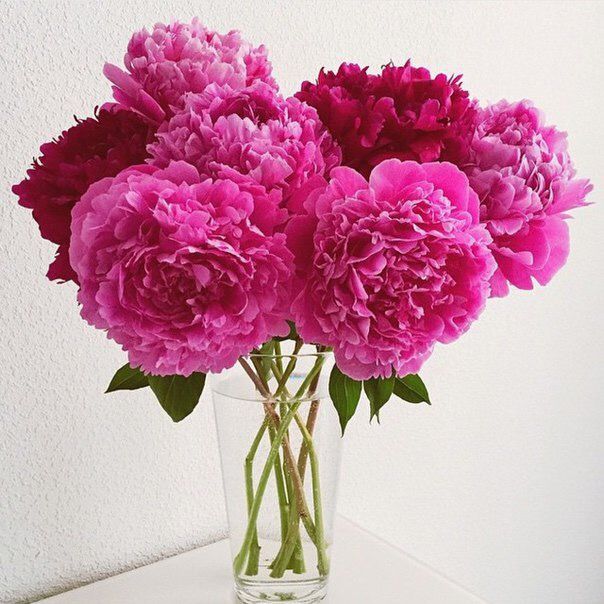
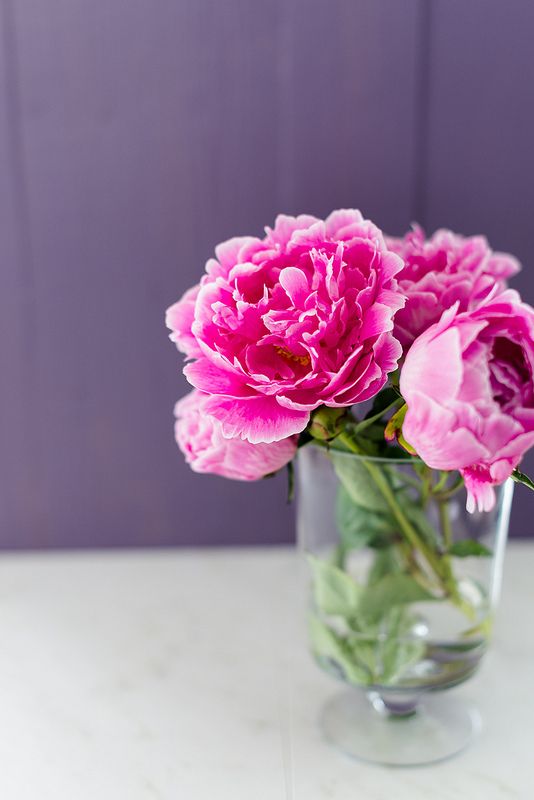
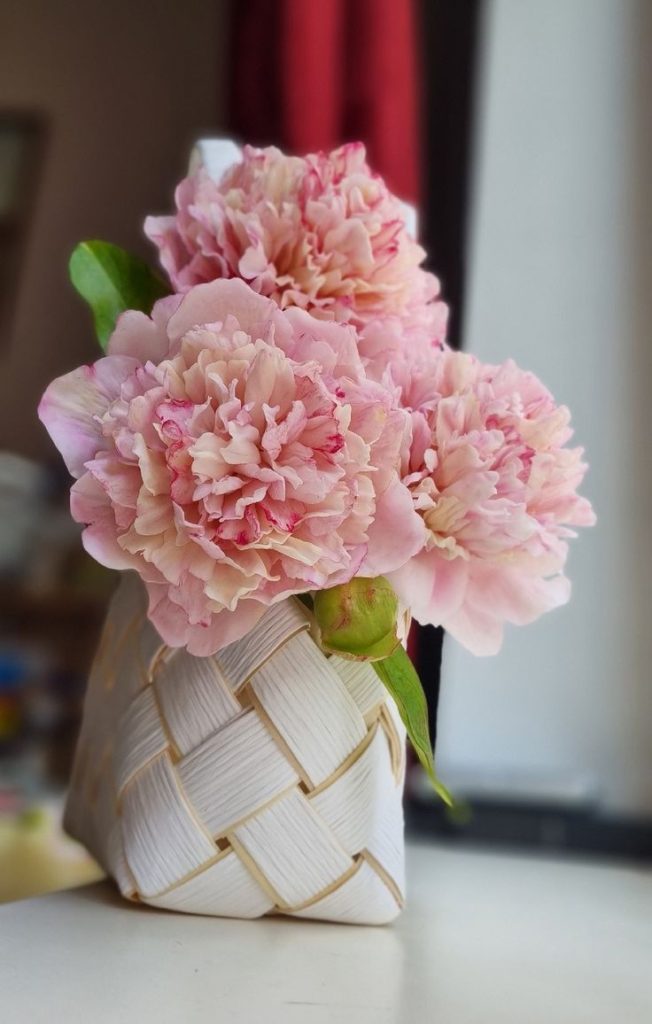
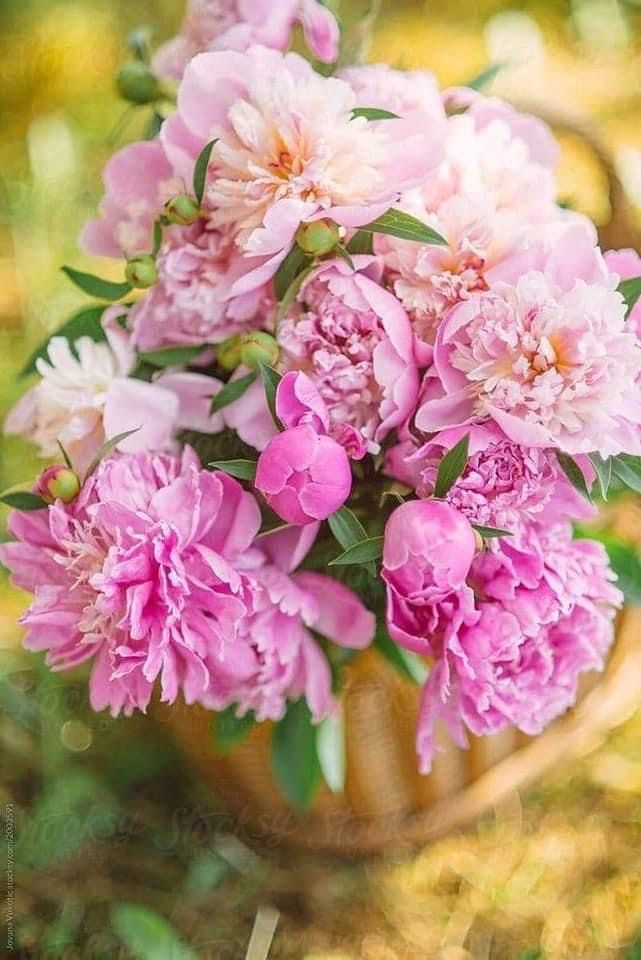


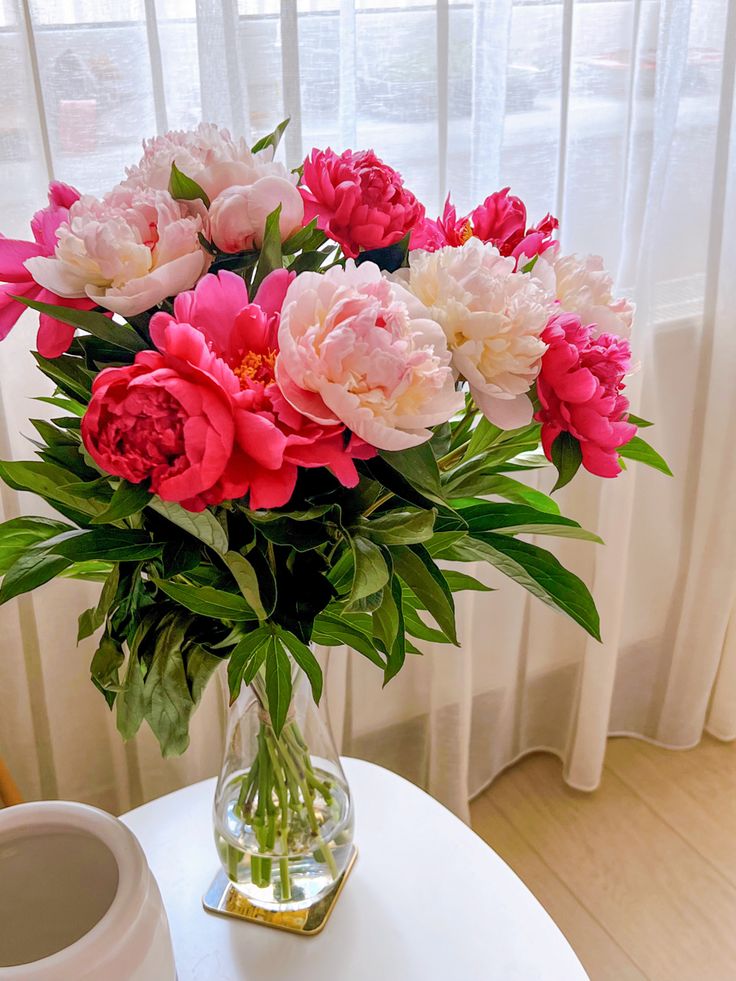
1. Watering Frequency and Timing
- Consistent Moisture: Maintain consistent soil moisture levels by watering plants regularly, especially during periods of active growth or high temperatures. Monitor soil moisture levels using a moisture meter or by testing the soil with your finger to gauge when watering is needed.
- Early Morning Watering: Water plants early in the morning to take advantage of cooler temperatures and reduce water loss through evaporation. Avoid watering during the hottest part of the day to prevent water stress and minimize the risk of leaf scorch or fungal diseases.
2. Watering Methods and Techniques
- Deep Root Watering: Apply water directly to the root zone of plants to encourage deep root penetration and efficient water uptake. Use a drip irrigation system, soaker hoses, or watering wands with adjustable nozzles to deliver water slowly and evenly to the base of plants.
- Avoiding Leaf Wetting: Water plants at the base rather than overhead to minimize leaf wetting, which can increase the risk of foliar diseases and fungal infections. Direct water towards the soil surface to ensure efficient root absorption and reduce moisture-related issues.
3. Water Conservation and Efficiency
- Mulching: Apply a layer of organic mulch such as shredded bark, wood chips, or straw around plants to conserve soil moisture, regulate soil temperature, and suppress weed growth. Mulching also helps reduce water runoff and evaporation, allowing plants to retain moisture more effectively.
- Watering Efficiency: Use watering cans, drip irrigation systems, or soaker hoses to deliver water directly to the root zone of plants, minimizing water waste and runoff. Avoid overhead sprinklers or hose spraying, which can result in water loss through evaporation and inefficient water distribution.
4. Plant-Specific Watering Considerations
- Understanding Plant Needs: Take into account the specific water requirements of different plant species, including their drought tolerance, soil preferences, and seasonal growth patterns. Adjust watering frequency and volume accordingly to meet the needs of each plant and promote optimal health and growth.
- Observation and Adjustment: Monitor plant responses to watering practices and adjust accordingly based on visual cues such as wilting, yellowing leaves, or soil dryness. Over time, develop a watering routine tailored to the unique requirements of your plants and the prevailing environmental conditions.
Conclusion
Effective watering techniques are essential for maintaining plant health, vitality, and productivity. By mastering the art of watering and implementing appropriate methods and strategies, you can promote deep root development, minimize water stress, and optimize overall plant performance. Whether through consistent moisture management, targeted watering methods, water conservation practices, or plant-specific considerations, prioritize the well-being of your plants and cultivate a thriving garden environment through mindful watering practices.
FAQs (Frequently Asked Questions)
- How do I know when to water my plants?
- Monitor soil moisture levels by checking the soil with your finger or using a moisture meter. Water plants when the top inch of soil feels dry to the touch, but before plants show signs of wilting or stress. Adjust watering frequency based on environmental factors such as temperature, humidity, and rainfall.
- What is the best way to water outdoor container plants?
- Water outdoor container plants thoroughly until water drains from the bottom of the container. Allow excess water to drain away to prevent waterlogged soil and root rot. Water container plants more frequently during hot weather or when soil dries out quickly in porous containers.